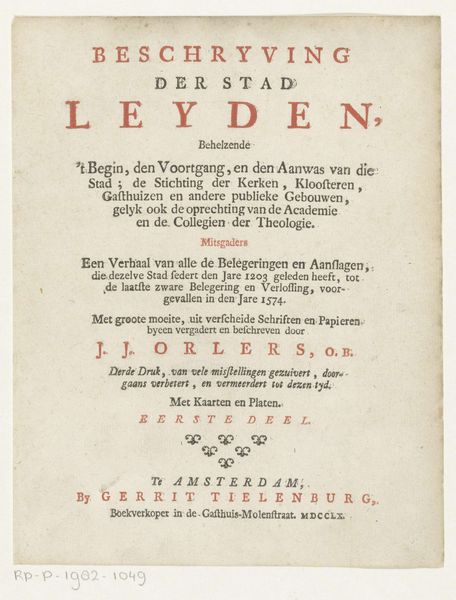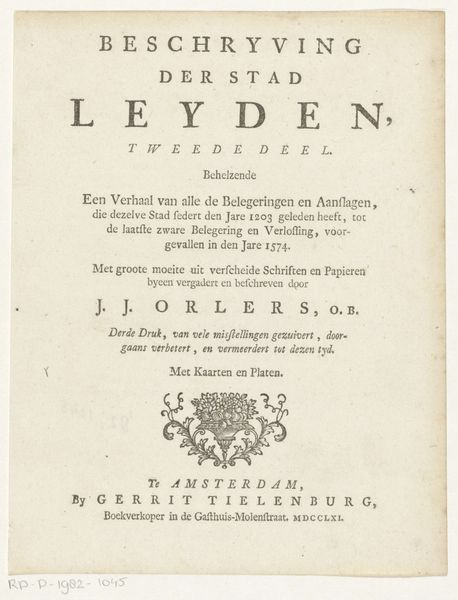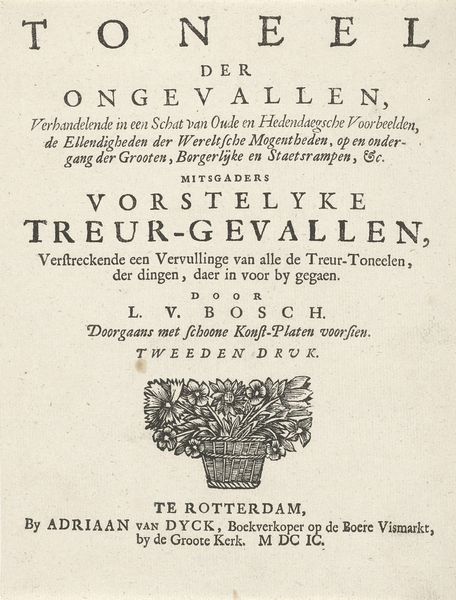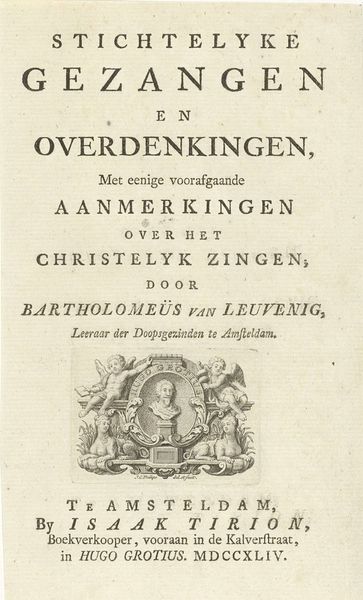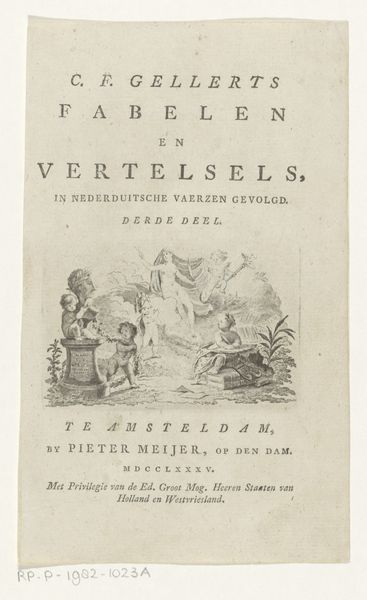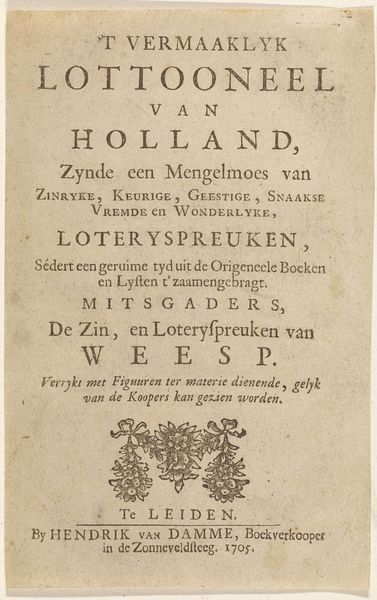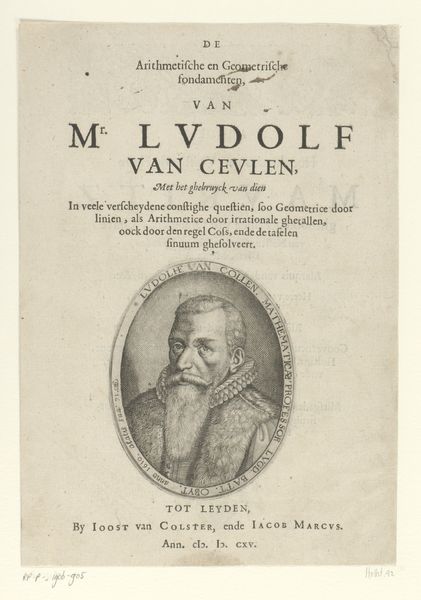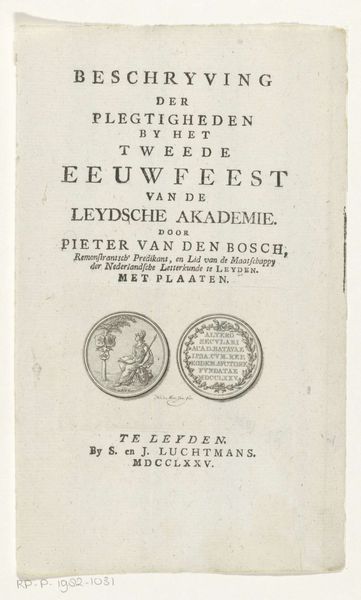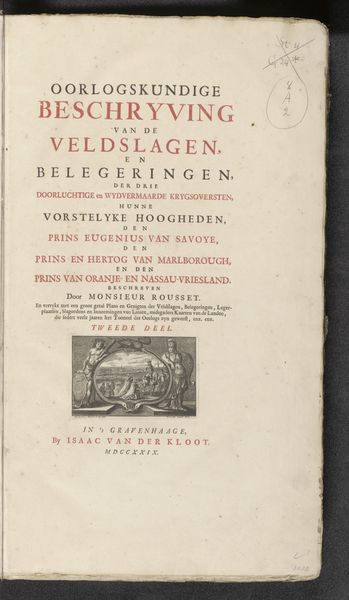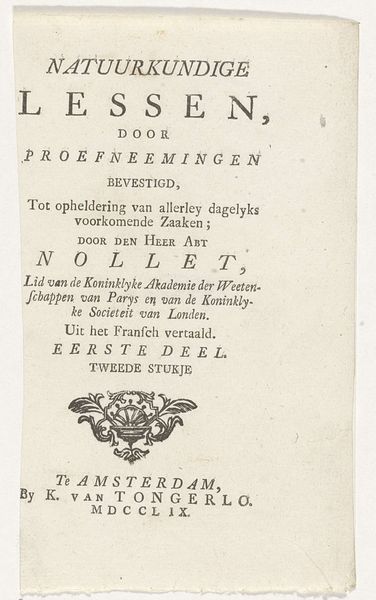
print, engraving
#
baroque
# print
#
book
#
engraving
Dimensions: height 52 mm, width 70 mm, height 190 mm, width 115 mm
Copyright: Rijks Museum: Open Domain
Editor: So, here we have "Abraham and the Sacrifice of Isaac," an engraving by Jan Caspar Philips, dating back to 1727 or 1728. It strikes me as quite austere, typical of Baroque prints, perhaps. What do you see in this piece, especially considering its context? Curator: What immediately grabs my attention is the inscription above the image. It refers to a treatise on life and death originally written in French and translated into Dutch. The book’s theme suggests that it might appeal to various groups for varied reasons, during a time where discourses on identity were emerging. Can you imagine the audiences engaging with themes of faith, obedience, and sacrifice? Editor: Definitely. The sacrifice of Isaac is a powerful and, frankly, disturbing scene. What implications does its portrayal have here, within the context of this book? Curator: Considering the history of the biblical narrative itself and the social hierarchies of the time, who decides whose sacrifice is deemed valuable or necessary? What power dynamics are at play, both within the story and in the book's interpretation and reception? Is this a reflection on colonial violence? Religious justification for actions taken by governing elites? The image, therefore, serves not just as an illustration, but as a critical entry point for these discussions. Editor: So, looking at this print, it's not enough to appreciate the artistry or even understand the biblical reference. We need to see it as a reflection of the social and political landscape of its time? Curator: Exactly! The print invites us to dissect those interwoven elements and reveal the historical forces at play. What do these types of book titles represent within social dialogues about identity, social constructs, power, religion, etc. within a particular temporal space? Editor: This gives me a lot to think about regarding not just this work, but about interpreting any artwork within a much broader social and theoretical framework. Curator: And perhaps also consider art’s potential to actively shape and shift these frameworks.
Comments
No comments
Be the first to comment and join the conversation on the ultimate creative platform.
